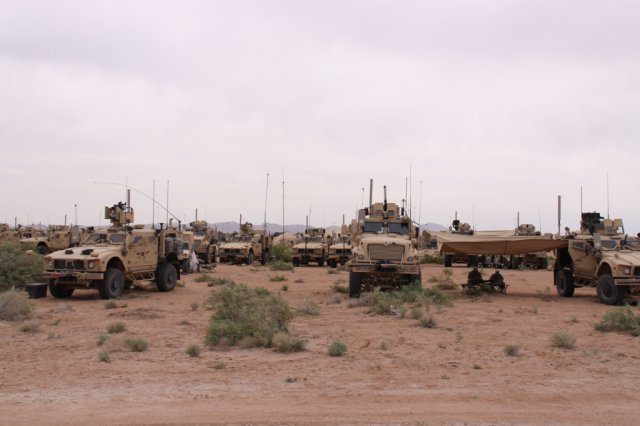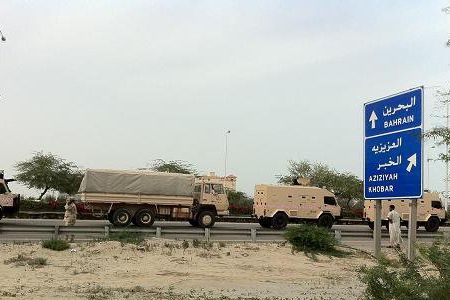The Army has completed the network design for Capability Set 13, the first integrated group of advanced tactical communications technologies that will be fielded to Soldiers beginning this fall.
The Capability Set 13 package of network components, associated equipment and software will for the first time deliver an integrated voice and data capability throughout the brigade combat team formation down to the tactical edge, even while units are moving across the battlefield. Its design lays out the systems that will be part of the Capability Set, the echelons and roles within each unit that will receive those systems, and how the systems will interoperate and pass information.
The network design is the outcome of the Network Integration Evaluations, known as NIEs, and Agile Process, the Army’s new approach to rapidly developing, acquiring and fielding integrated mission command capabilities. Now that the network design is complete, the Army is executing its synchronized fielding plans to deliver Capability Set 13 beginning in October.
With Capability Set 13, the Army will field a network architecture based on a hybrid integration of satellite-based communications and terrestrial networking radios. The network design for future Capability Sets will evolve based on technology advancements and changing operational needs.
“This is the initial baseline Capability Set 13 network design, and we will continue to mature it from this point through our Agile Process and successive NIEs,” said Lt. Col. Jon Ellis, who led the network design cell managed by the Army’s System of Systems Integration Directorate or SoSI. “This design is going to be a living document that will change for Capability Sets going forward.”
The design cell also included other key network organizations, such as Army headquarters G-3/5/7, Chief Information Office/G-6, and G-8; the Training and Doctrine Command; the Communications-Electronics Research, Development and Engineering Center; and several Program Executive Offices.
“Integration across the acquisition community and the ability to synergize the materiel offerings into a cohesive Capability Set is what we are getting at,” said Mike Badger, technology director for SoSI Product Director Futures. “It’s bringing together what is technically possible, what is affordable and what is timely so the systems that (are fielded) together work together in a synergistic way.”
Before they are implemented for synchronized fielding of Capability Set 13, the design group’s recommendations will be reviewed and approved by Army headquarters G/3/5/7 and the Assistant Secretary of the Army for Acquisition, Logistics and Technology (ASA(ALT)). The recommendations will also be informed by the ongoing NIE 12.2, which will serve to validate and finalize the connectivity, architecture and components of the Capability Set.
“In NIE 12.2 we are making the final checks on some of the recommendations that are going to go into a rapid fielding for this Capability Set 13. The turnaround time on this is lightning fast by DoD standards,” Badger said. “What’s exciting that’s happening now is the ability to look across systems beyond just one program and bring together a whole complement of capabilities.”
NIE 12.2 is taking place from May 1 to June 8, at Fort Bliss, Texas, and White Sands Missile Range, N.M. It is the third and most significant in a series of semi-annual evaluations designed to quickly integrate and mature the Army’s tactical communications network. The events assess new network capabilities from government and industry with 3,800 Soldiers of the 2nd Brigade, 1st Armored Division executing realistic operational scenarios.
The network design was informed by results of the first two field exercises, NIEs 11.2 and 12.1, as well as laboratory evaluations at Aberdeen Proving Ground, Md., in earlier stages of the Agile Process. The design cell is also helping shape requirements for future NIEs by identifying capability gaps and other questions about the network that must be answered through further evaluations.
While the first network design targets a Deployed Expeditionary Force that is engaged in combat operations, other versions are underway aimed at a Contingency Expeditionary Force and other unit types based on Army priorities.
“It really only makes sense to get the latest and greatest capability to the tip of the spear first, and then field to the rest of the Army,” Ellis said. “There are units in war right now, so we’re working to get this capability in those Soldiers hands’ as soon as possible.”











